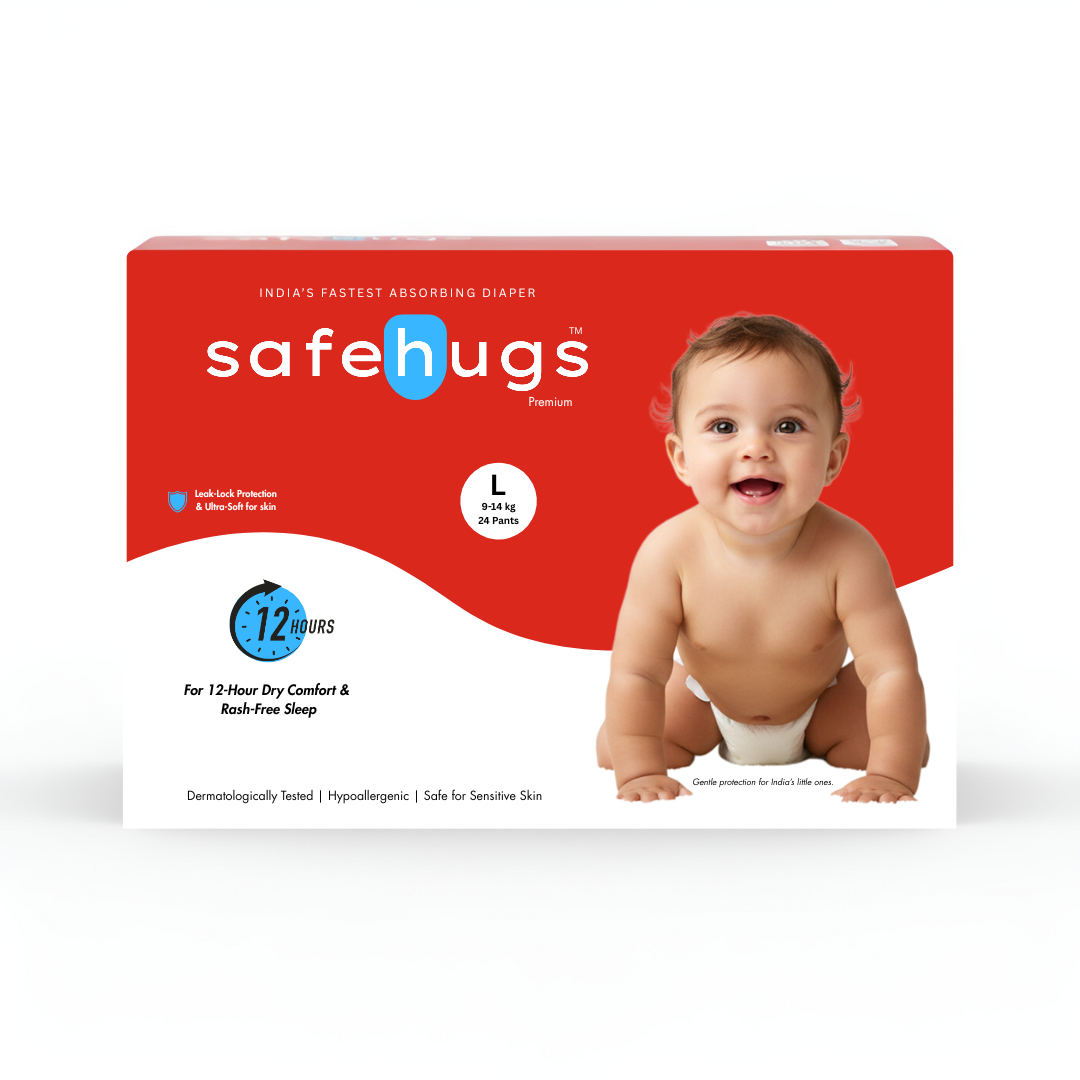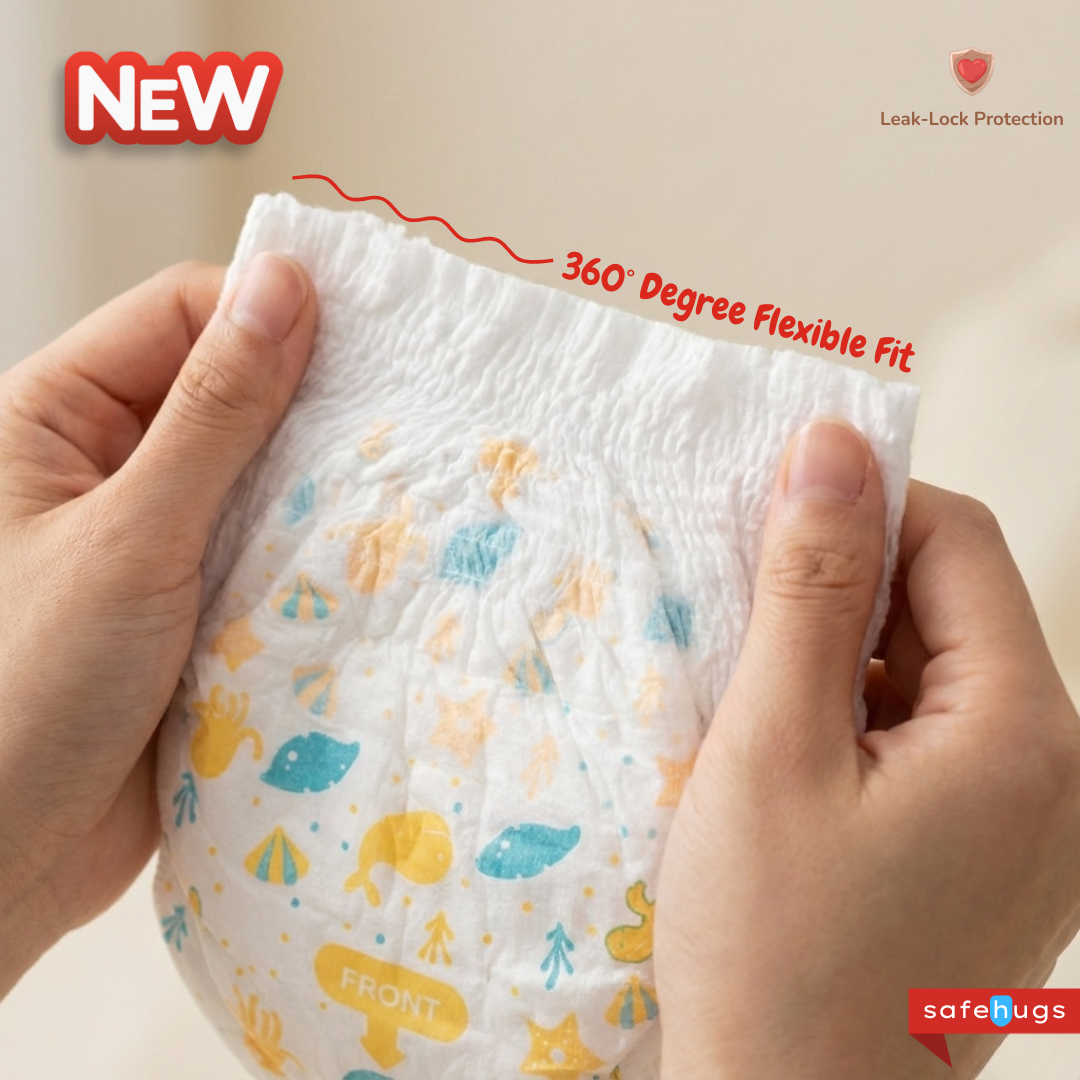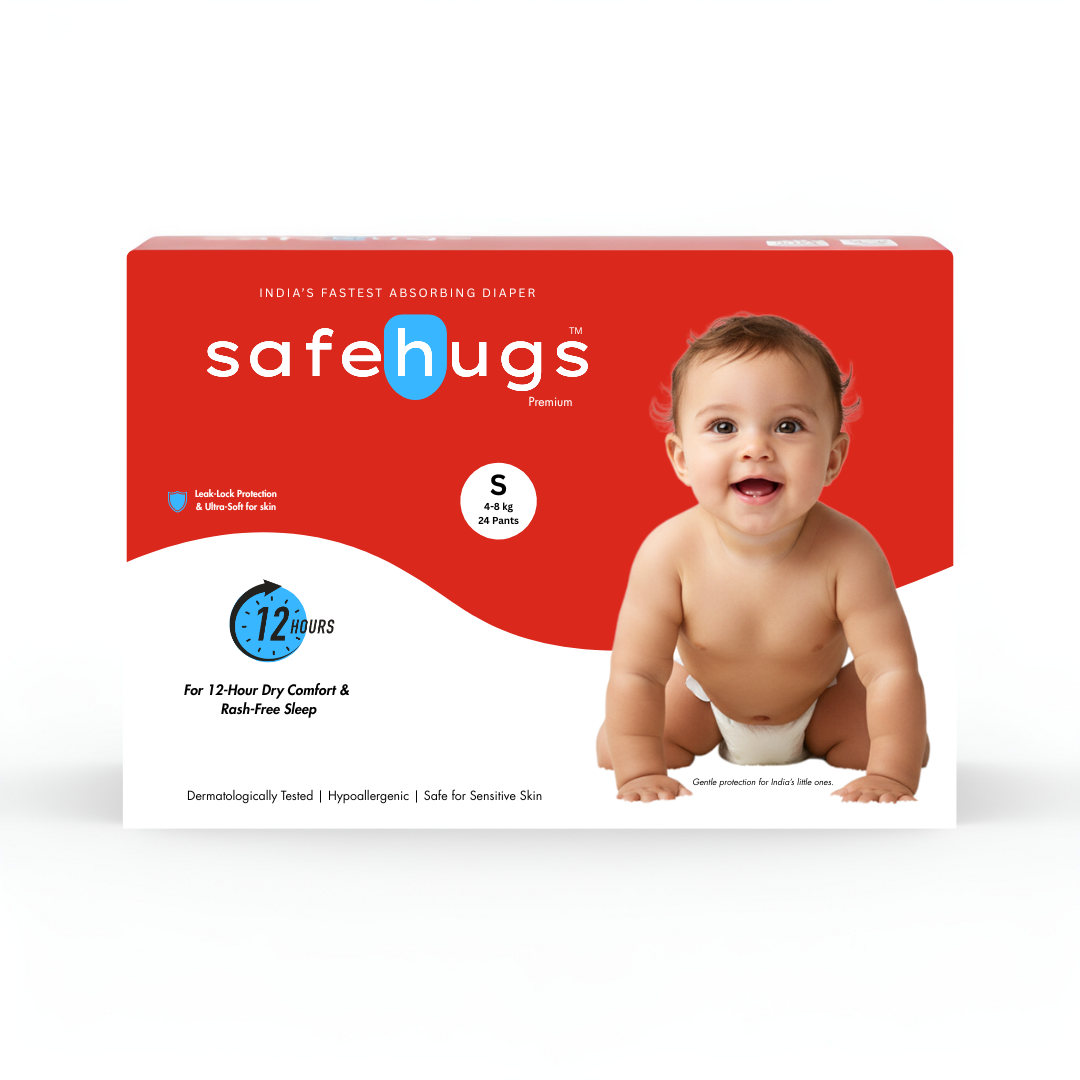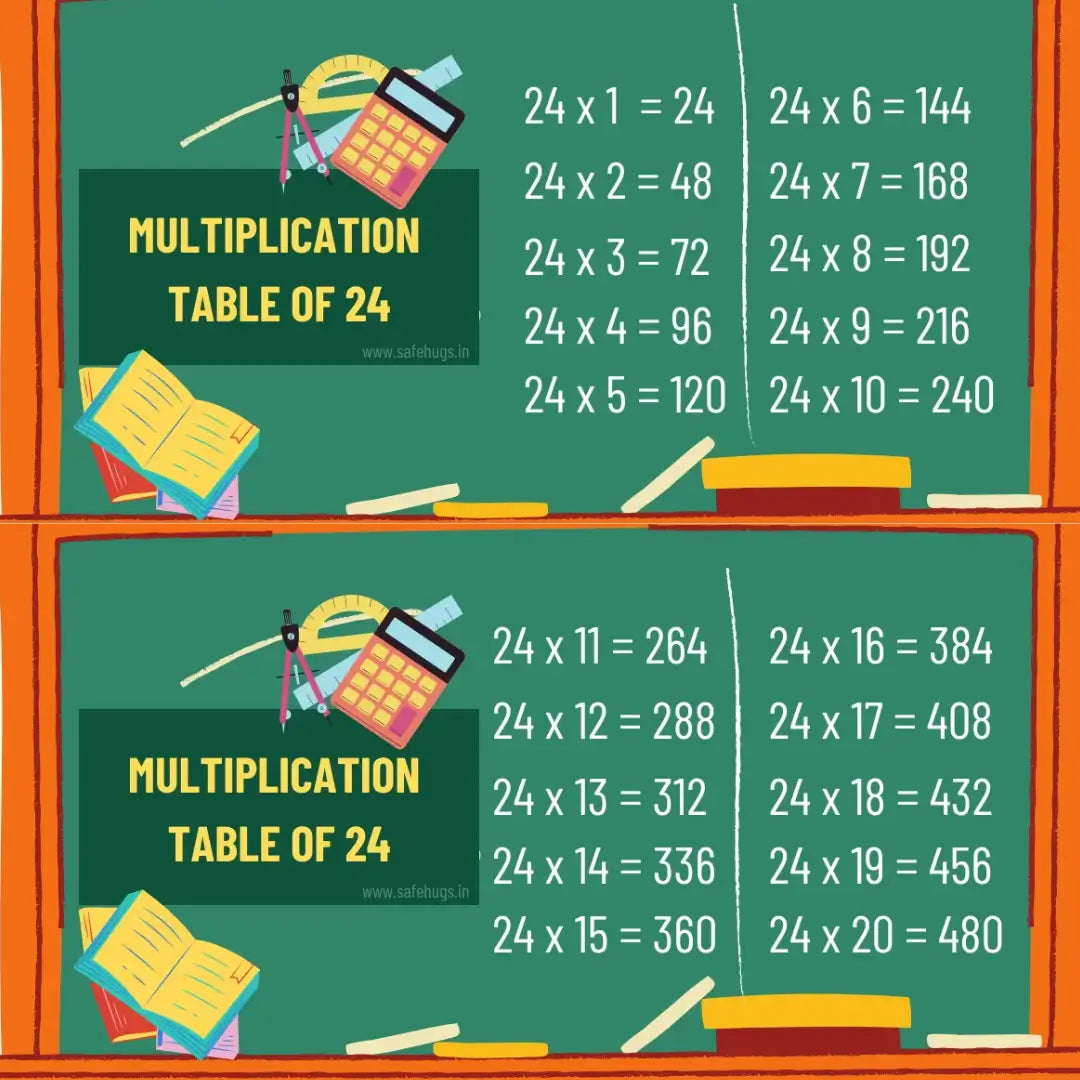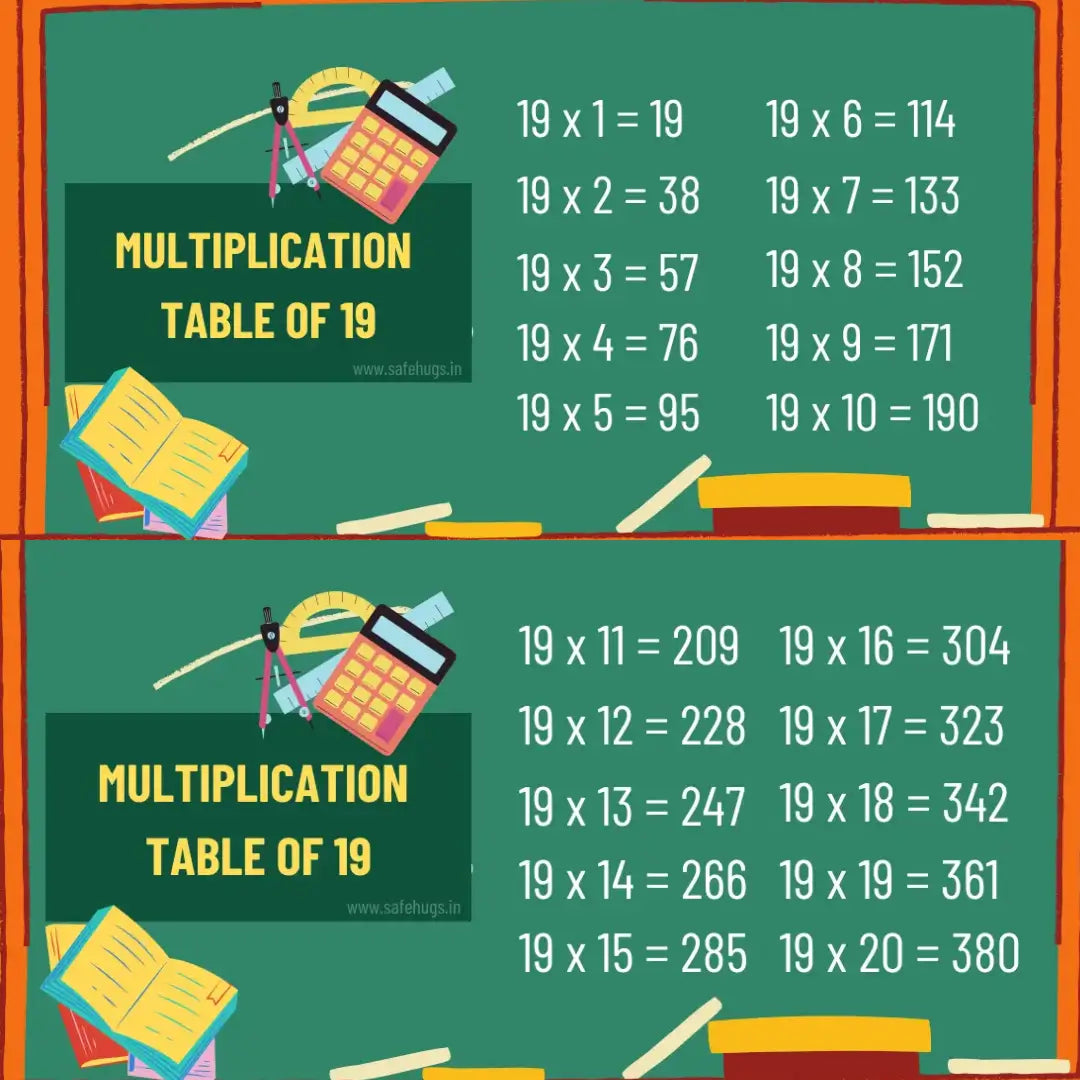Table of 20: Multiplication Table For Kids (Print PDF)


Tips & Tricks for Learning the Table of 20
1. Use Doubling Tricks - Teach kids that 20 is double 10, so they can double the 10 times table to find the 20 times table (e.g., 10 x 2 = 20, so 20 x 1 = 20).
2. Learning the 20 times table becomes simpler if you're already familiar with the table of 19. You can derive the multiples of 20 by adding natural numbers from 1 to 10 to the corresponding multiples of 19. Here's how:
19 × 2 = 38, and adding 2 gives 40
19 × 3 = 57, and adding 3 gives 60
19 × 4 = 76, and adding 4 gives 80

3. Teach kids to add 20 repeatedly. Start with 20, then add 20 to get 40, then add 20 again to get 60, and so on. It helps reinforce addition skills and internalizes the sequence.

4. Break Down 20 as (10 + 10): Split 20 into 10 and 10, then multiply each separately and add the results:
For example, 20 x 3: (10 x 3) + (10 x 3) = 30 + 30 = 60

5. Work Backwards: Use division to help learn multiplication. For example, if kids know that 280÷20=14, then they can also remember 20×14=280. i.e.,20 times 14 = 280
6. 20 Table Song - Read the Table of 20 in Words from 1 to 10.
We know now the multiples of table 20 but how do we read the table? We will read the table of 20 in the following manner:

Fun Activities to Memorize Table of 20




Quiz Time: Test Your Knowledge





Why is Learning table of 20 Important?
- Strengthens Basic Math Skills: Understanding and memorizing multiplication tables, like the table of 20, builds a strong foundation for higher-level math concepts that kids will encounter as they progress through school.
- Boosts Confidence: Mastering multiplication tables gives kids confidence in their math abilities, making them feel more comfortable when solving problems both in and out of the classroom.
- Prepares for Future Learning: The ability to recall multiplication facts quickly is essential for understanding advanced math topics like fractions, algebra, and geometry.
- Practical Life Skills: From calculating quantities in recipes to understanding measurements, learning multiplication tables prepares kids for practical applications they will encounter as they grow.
Additional Resources
To further support learning, here are some additional resources:
- Educational Apps: Apps like "Kids Multiplication Math Games" or "Math Games: Math For Kids" offer interactive ways to practice multiplication tables.


- Websites: Websites like "Times Tables" and "Math Mammoth" provide multiplication games, quizzes, and printable worksheets.

- Printable Worksheets: Websites like "K5 Learning" have free downloadable worksheets for practicing the 18 Table.
- Songs and Videos:

Links to other tables
We've organized the multiplication tables from 2 to 20 with tips and tricks to make learning fun. You can also refer to these for extra practice.
FAQ'S
Why is learning the multiplication table of 20 important?
Learning the multiplication table of 20 helps improve mental math skills and makes solving math problems quicker and easier. It also builds a strong foundation for more advanced math topics like division, fractions, and algebra.
What are some tips to memorize the table of 20?
Break it down into smaller steps, use patterns (like adding 20 repeatedly), practice with flashcards, and use quizzes or games to make learning fun. Writing the table multiple times also helps reinforce memory.
How can the table of 20 be used in real life?
The table of 20 is useful in real-life situations such as counting items in groups, managing money, measuring things, and solving math problems. For example, knowing the table will save time if you need to calculate the cost of multiple items priced at 20 each.
At what age should kids start learning the table of 20?
Kids can start learning the multiplication table of 20 around the age of 8 to 10 after they understand smaller tables like 1-10. This will prepare them for solving more complex math problems as they advance in school.
Are there any tricks for quickly finding the multiples of 20?
Yes! One trick is to add 20 repeatedly to get the next multiple. For example, start with 20, then add 20 again to get 40, and keep going. This helps build the table step by step and reinforces the pattern.



